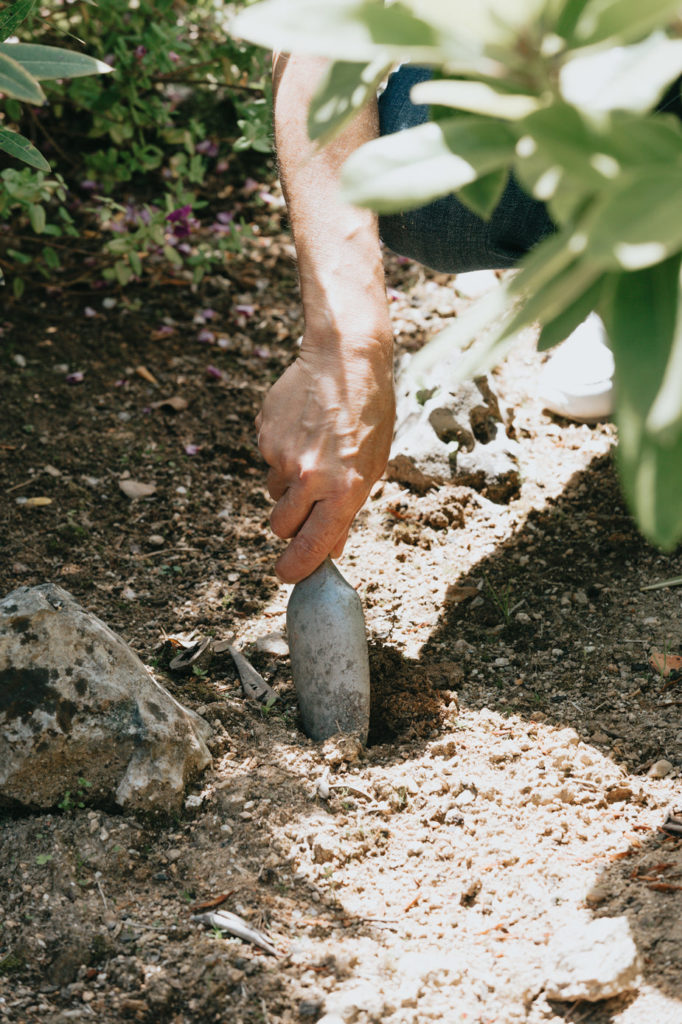Gardening is a versatile and enriching activity that offers numerous benefits for children’s physical, mental, and emotional development. As the world becomes increasingly technologically oriented, it is crucial to introduce children to nature-based activities that foster a deeper understanding and appreciation for the environment. Integrating gardening as a regular part of children’s weekly activities not only allows them to connect with nature but also cultivates essential life skills and encourages a sustainable mindset. In this article, we will explore the manifold advantages of gardening for children and delve into how it can be incorporated into their weekly routines.
- Physical Development: Engaging in gardening activities provides children with opportunities to enhance their physical development. Digging, planting, watering, and weeding are all physical tasks that require movement and coordination. Gardening promotes fine motor skills as children learn to handle seeds, tools, and delicate plants. Furthermore, spending time outdoors exposes them to fresh air and sunlight, supporting their overall health and well-being. Through gardening, children can develop a sense of responsibility as they tend to plants, encouraging them to be more active and physically fit.
- Cognitive Development: Gardening is a multidimensional activity that stimulates cognitive development in children. It offers opportunities for problem-solving as they learn to identify and address challenges like pests, nutrient deficiencies, or environmental factors. Planning and organizing a garden space encourages critical thinking and decision-making skills. Children can learn about plant life cycles, the importance of soil health, and the interdependence of ecosystems. Gardening also fosters observation skills, as children learn to identify different plant species and recognize patterns in growth and development.
- Emotional and Social Development: Engaging in gardening activities can have a positive impact on a child’s emotional and social development. The act of nurturing and caring for plants instills a sense of responsibility and accomplishment, boosting self-esteem and self-confidence. Gardening allows children to connect with nature on a personal level, fostering empathy and a sense of stewardship for the environment. Moreover, it provides an opportunity for cooperative learning and teamwork, as children can work together in a garden, share responsibilities, and communicate effectively.
- Environmental Awareness and Sustainability: Integrating gardening into children’s weekly activities is a powerful way to instill environmental awareness and promote sustainable practices. By experiencing firsthand the process of growing their own food, children gain a deeper understanding of where their food comes from and the resources required for its production. Gardening can inspire a sense of gratitude and respect for nature, encouraging children to adopt sustainable habits such as composting, water conservation, and organic gardening techniques. By connecting with the natural world, children become more mindful of their impact on the environment and develop a sense of environmental stewardship.
- Educational Opportunities: Gardening provides an excellent platform for interdisciplinary learning. It can be integrated into various subjects such as science, math, language arts, and even art. Children can learn about plant anatomy, photosynthesis, and the water cycle through hands-on experiences. Math skills can be reinforced through measuring and spacing plants, calculating growth rates, and estimating yields. Gardening also presents opportunities for creative expression, as children can keep journals, create artwork inspired by nature, or write stories about their gardening experiences.
Incorporating Gardening into Weekly Activities: To make gardening a regular part of children’s weekly activities, several strategies can be employed. Here are some practical suggestions:
a) Designate a specific day or time each week for gardening activities.
b) Create a dedicated garden space in the backyard or utilize containers for indoor gardening.
c) Involve children in the planning process, allowing them to choose the types of plants they want to grow.
d) Provide child-sized tools and equipment to make gardening more accessible and enjoyable.



